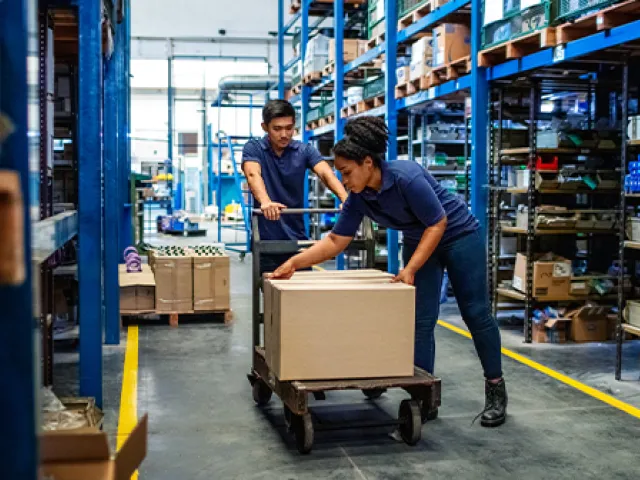Table of contents
Overview
The SOM Aggregation Update transaction is an XML-based message used to record the aggregation of parent-child packaging relationships between serialized units (SGTINs) and containers (SSCCs). This transaction enables the creation, removal or reassignment of serialized units (SGTINs) within or between containers (SSCCs) to maintain accurate parent-child relationships in serialization records.
This transaction ensures that changes made to packaging hierarchies are traceable, compliant, and reflected across all connected systems. It supports DSCSA and global serialization regulations by preserving data integrity and enabling downstream visibility into product handling.
Key Use Cases
- Document correct parent-child packaging relationships in serialization repositories between serialized product units and their containers.
- Remove serialized units from a case or pallet that require reinspection or rework.
- Improve operational efficiency during shipment, receipt, and inventory management processes by maintaining correct product identity relationships within containers that are scanned.
- Provide traceable, auditable records of packaging structure changes.
- Integrate with QA, warehouse, and serialization systems for real-time updates.
Data Elements Included
A TL XML – SOM Aggregation Update transaction includes:
- Transaction Type: SOMAggregationUpdate
- Parent Identifier: SSCC of the case or pallet being updated.
- Child Identifiers (EPCs): SGTINs or SSCCs being added to or removed from the parent.
- Action: "add" or "delete" to indicate whether the relationship is being created or removed.
- Event Timestamp: Date and time the aggregation update occurred.
- Read Point: Location where the update was performed (e.g., QA station, warehouse).
- Business Location: GLN or internal identifier of the facility performing the update.
- Disposition: Optional field to indicate product state (e.g., "repacked").
- Reason Code (optional): Coded reason for the update (e.g., "QA_REWORK").
- Related Shipment or Batch ID (optional): Links the update to a shipment or production batch.
- Transaction ID (optional): Unique identifier for the aggregation update event.
- Digital Signature (optional): Ensures data integrity and non-repudiation.
- Comments or Notes (optional): Free-text field for QA or operational context.
Benefits of TL XML – SOM Aggregation Update
- Maintains accurate aggregation hierarchies.
- Prevents serialization mismatches in downstream processes.
- Supports regulatory compliance and audit readiness.
- Enables traceable rework and repackaging workflows.
- Reduces manual errors and enhances serialization data quality.
Business Process: TL XML – SOM Aggregation Update
The SOM Aggregation Update transaction supports:
- Inventory Management: Reflects accurate container relationships for serialized inventory.
- Product Serialization & Traceability: Maintains up-to-date parent-child packaging structures.
- Quality, Risk, and Recall Management: Tracks changes due to QA rework.
- Track and Trace & Government Compliance: Ensures data integrity for serialization compliance.
- Returns and Reverse Logistics: Supports accurate handling of returns and repackaged units.
How TraceLink Supports TL XML – SOM Aggregation Update
TraceLink’s OPUS Platform, powered by B2N Integrate-Once™, supports secure and compliant aggregation updates by:
- Capturing TL XML-compliant add/remove aggregation events with serialization context.
- Integrating with QA and warehouse systems to reflect real-time packaging updates.
- Logging all changes for traceability, audit readiness, and downstream reconciliation.
- Supporting exception handling and rework scenarios across global sites.
- Enabling secure communication with optional digital signatures and encryption.
Explore More Serialization & Compliance Capabilities
- TL XML – SOM Product Release: Authorize serialized units.
- TL XML – SOM ESM Sales Shipment: Record serialized shipments.
- TL XML – SOM ESM Receipt: Confirm serialized product receipt and verification.
- EPCIS 1.2 – SOM ESM Decommission: Deactivate serialized units flagged for removal.
Need Help ImplementingTL XML?
Contact Us to learn how our OPUS Platform and B2N Integrate-Once™ model can help you manage aggregation updates, maintain serialization accuracy, and ensure compliance across your pharmaceutical supply chain.








